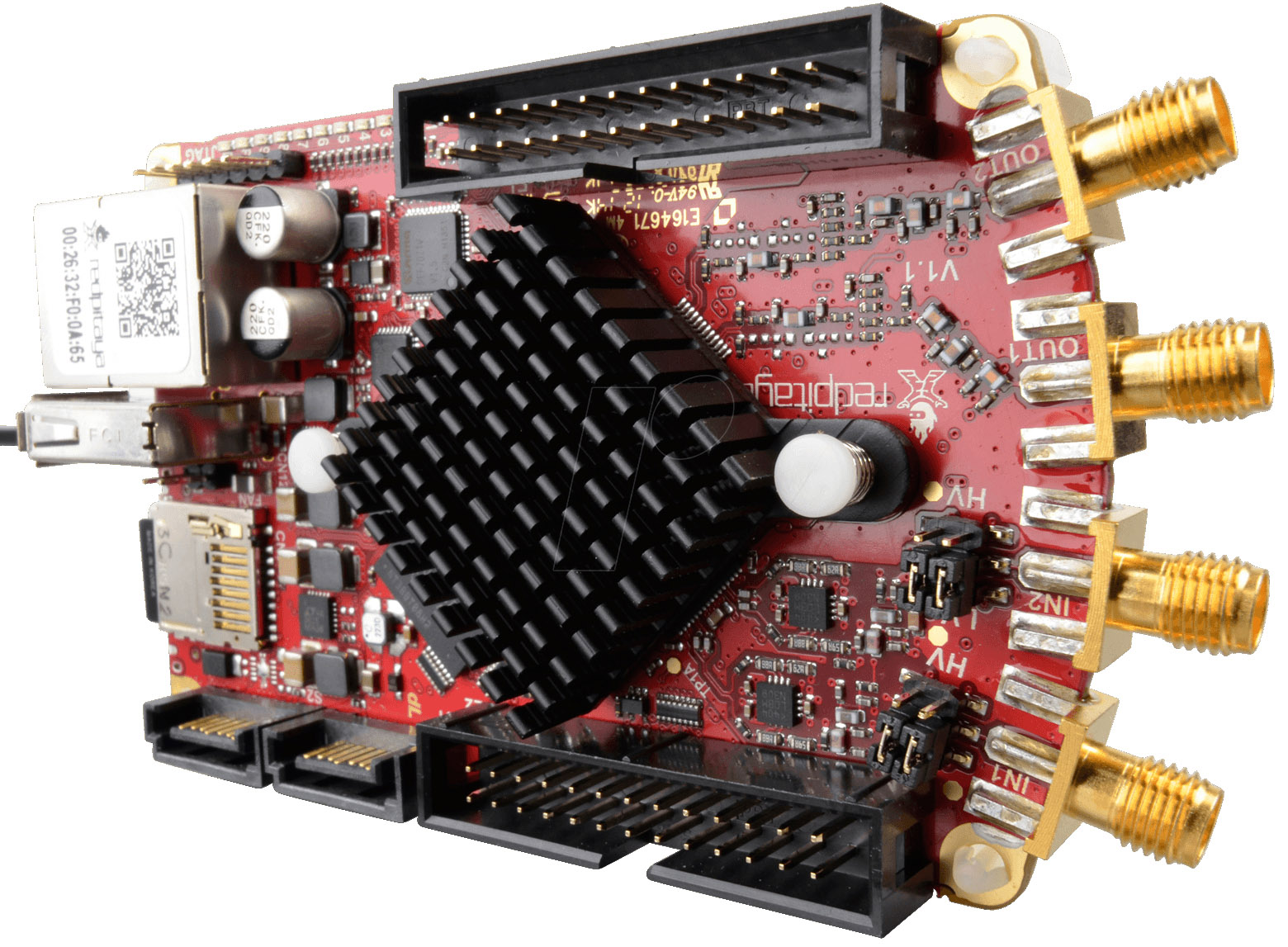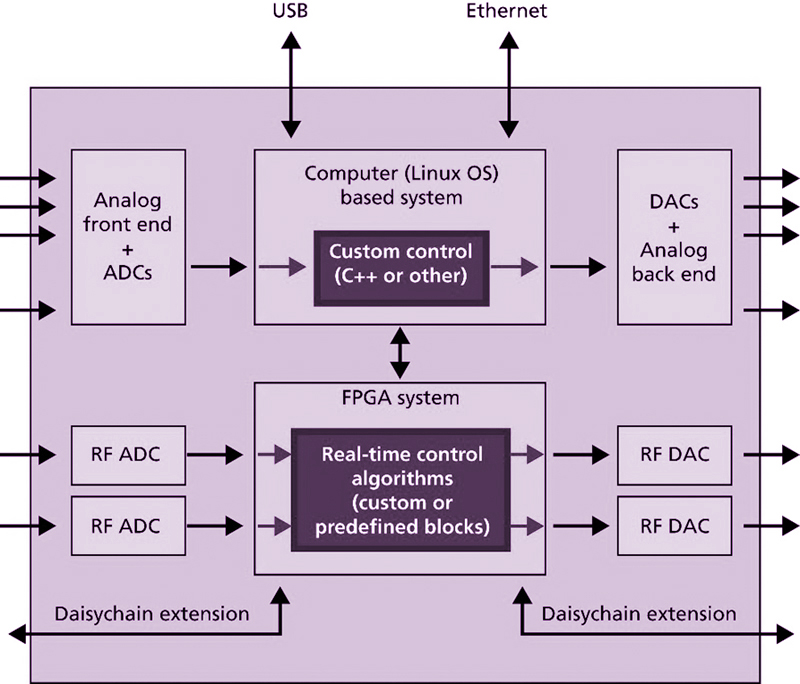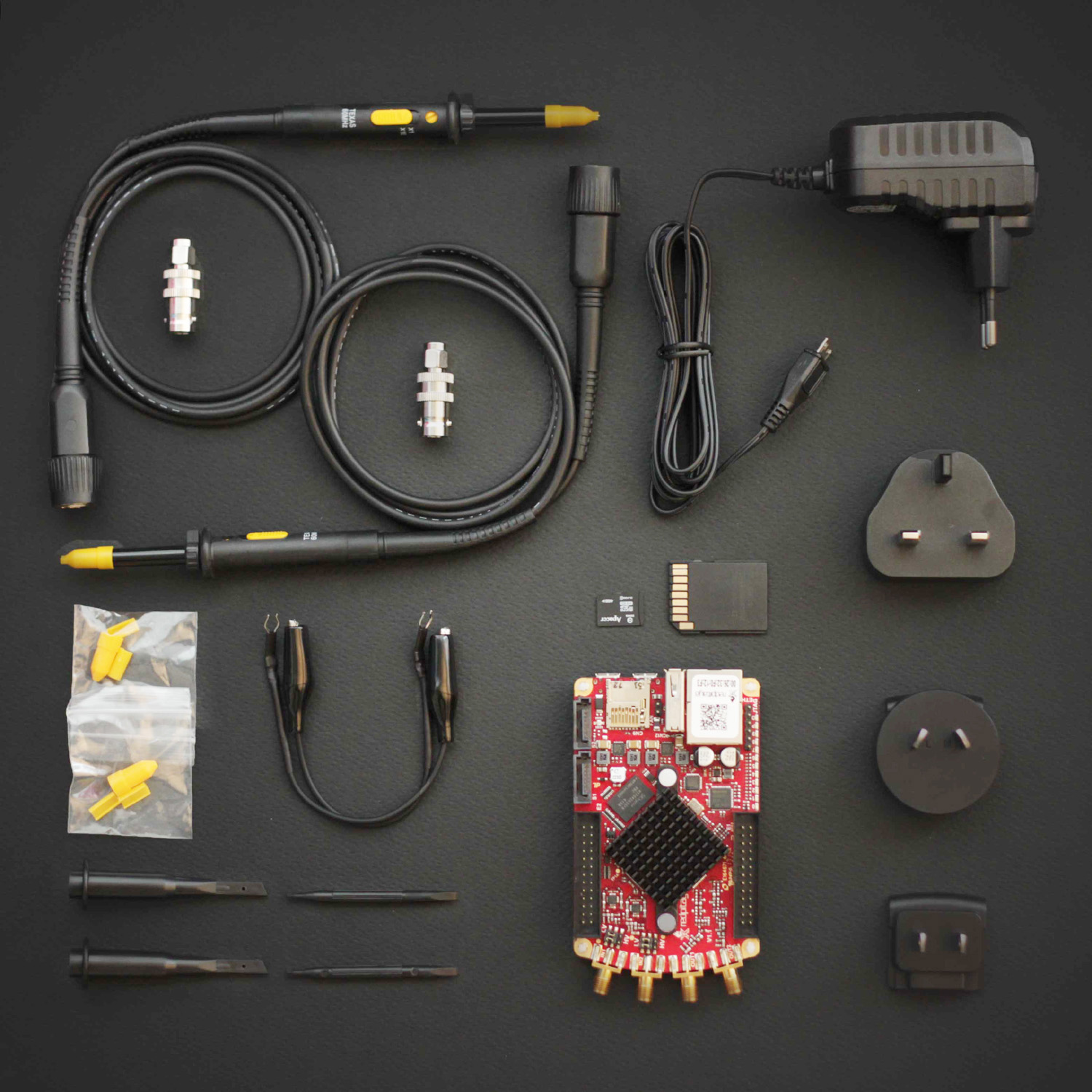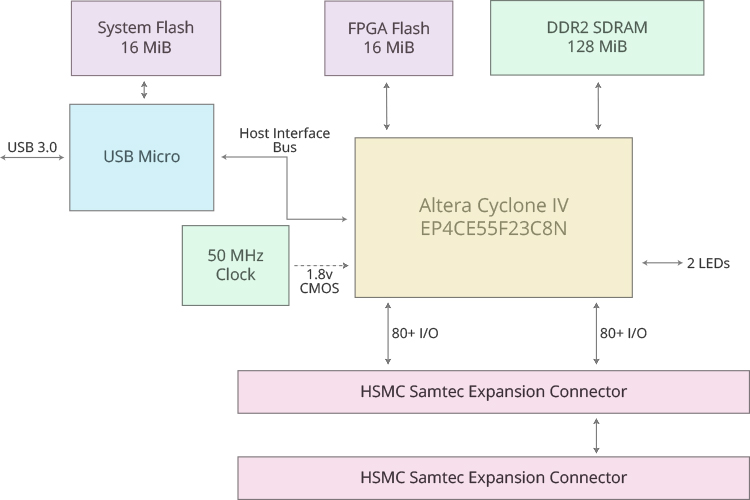
FTDI Morph-IC-II
FTDI Morph-IC-II FPGA development board
The Morph-IC-II is an FPGA board based on the Altera Cyclone 2
Main Features :
- 105mm x 40mm board size
- FT2232HQ Dual, Hi-Speed USB UART/FIFO IC used for USB communications
- Altera Cyclone 2 – EP2C5F256C8N FPGA capable of synthesizing large scale integrated circuits
- Ultra fast FPGA configuration/reconfiguration over USB (under 0.1 sec)
- 4,608 Embedded FPGA Logic Elements (about 80,000 Gates typically)
- 26 Embedded Logic RAM Elements (119Kbits)
- FPGA-PC USB Data Transfer at up to 40MByte/sec
- Onboard 93LC56B configuration EEPROM
- MOSFET switched 5V and 3.3V power outputs for powering external logic
- Onboard 12MHz crystal and essential support components for FT2232HQ
- 80 dedicated external I/O pins
- Onboard 50MHz oscillator as FPGA primary clock – also available for external use
- JTAG interface for testing the I/Os and registers of the FPGA
- 1 dedicated external clock input
- Powered from USB bus or external PSU
- Standard 0.1 inch pitch format connector pins, ideal for rapid prototyping or small-medium size production runs
- FTDI’s VCP and D2XX USB Windows and Linux USB drivers (provided) eliminate the need for driver development in most cases
- FPGA loader interface DLL (for Windows only not including CE) supplied including interface examples in VB, VC++ and Delphi
- Stand-alone FPGA loader programs provided for Windows and Linux
- VHDL programming examples (I/O over USB) provided
- Delphi application software examples including source code provided
- Free Altera Quartus II Software Starter Suite development software available from the Altera Website
- Backward compatible with the existing MorphIC-I
- Supports 1.5/1.8/2.5/3.3-V LVTTL/LVCMOS signals, IOBANK1-3 restricted to 3.3V
Designs can be synthesised through utilising up to 4,608 Logic Elements of Morph-IC-II‟s on board FPGA.
The Morph-IC-II platform combines an Altera Cyclone®-II FPGA with high-performance USB 2.0 capabilities that facilitate Hi-speed communications with ultra-fast, sub-100ms FPGA programming/reprogramming.
This makes Morph-IC-II ideal for applications which require users to reconfigure hardware functionality “on-the-fly” by downloading new software over USB : “morphing” the hardware.
Communication between the FPGA and the PC is done through a USB 2.0 connection to the FTDI FT2232H USB 2.0 Hi-Speed (480Mbit/s) USB bridge. Morph-IC-II is an easy to use module which allows users to program and interact with the FPGA using a free software package produced by Altera called Quartus II.




























